The Acolyte Proves Star Wars Is Turning Good Movies Into Lame Series Movie
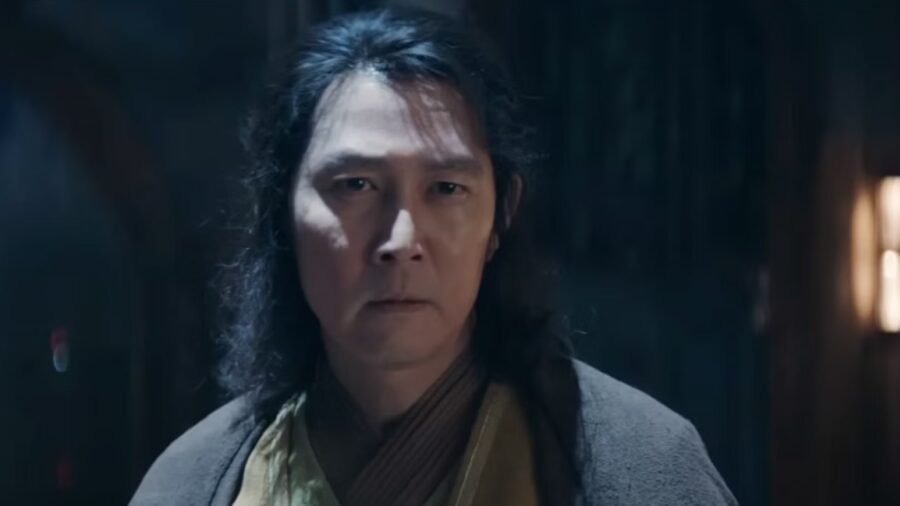
The Acolyte is not a perfect show. I find myself having to repeat this sentiment often. Whenever I debunk an invalid criticism of the series, trolls accuse me of being a Disney shill. In truth, I have several problems with The Acolyte, the biggest of which is that it should have been a movie.
It Should’ve Been A Movie
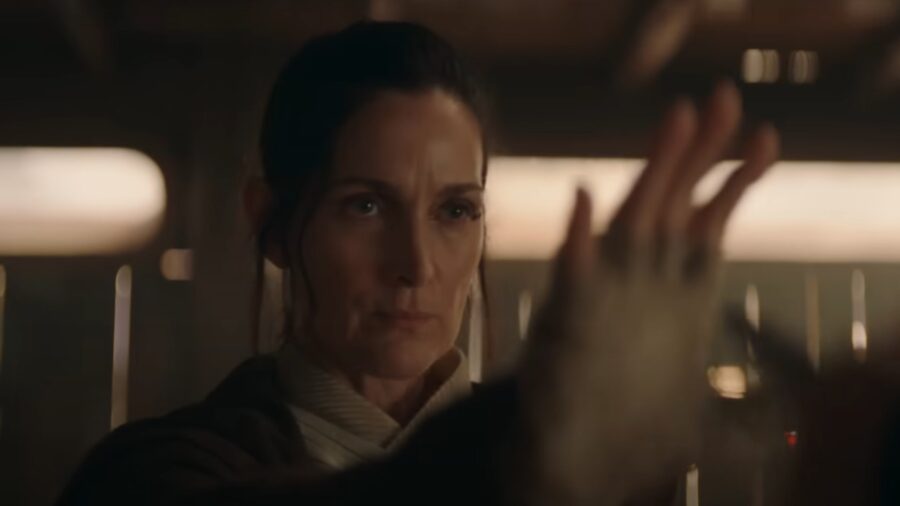
Despite what the Fandom Menace thinks, I’ve never taken a dime from the Mouse, which means I have no problem criticizing him. As such, my biggest critique of Mickey and Co. is that every single live-action Star Wars series—except The Mandalorian—would have worked better as a film.
If, for example, The Acolyte had been a movie, the discourse surrounding it wouldn’t be nearly as toxic as it has become.
Wait Until The End
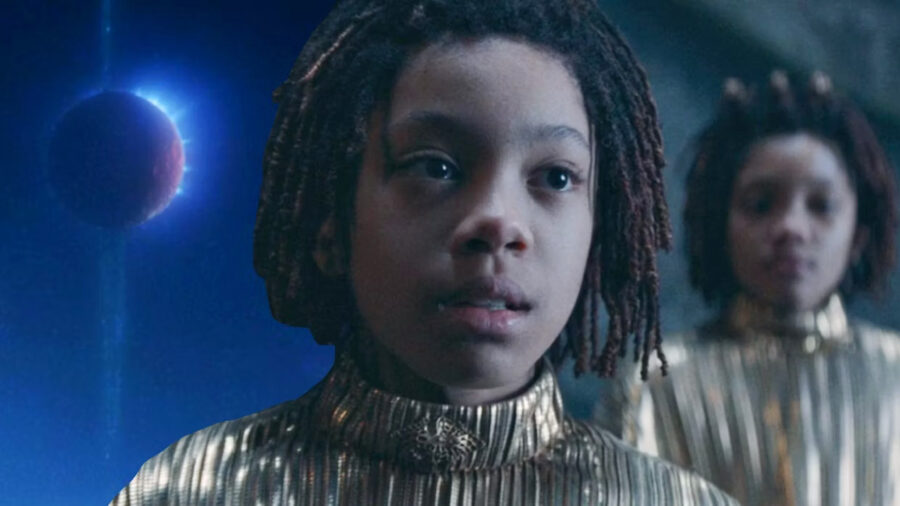
Think about it. If you were watching The Acolyte as a movie and it got to the part about the twin’s conception through the force, you wouldn’t stand up in the theater and start screaming, “They made Anakin less special! They screwed up the canon and ruined my childhood!”
No. You’d look like a loon.
You would quietly continue watching the movie and save any complaints until you had the whole story. Instead, we have a story structured like a movie with episodes where nothing cool happens, followed by ones that are nothing but action.
If The Acolyte were a movie, the quiet parts would be the usual quiet parts of a film that happen in between the action scenes. Instead, we get an entire “episode,” of the quiet parts and then have to wait a whole week for anything cool to happen.
Acolyte Has The Wrong Structure
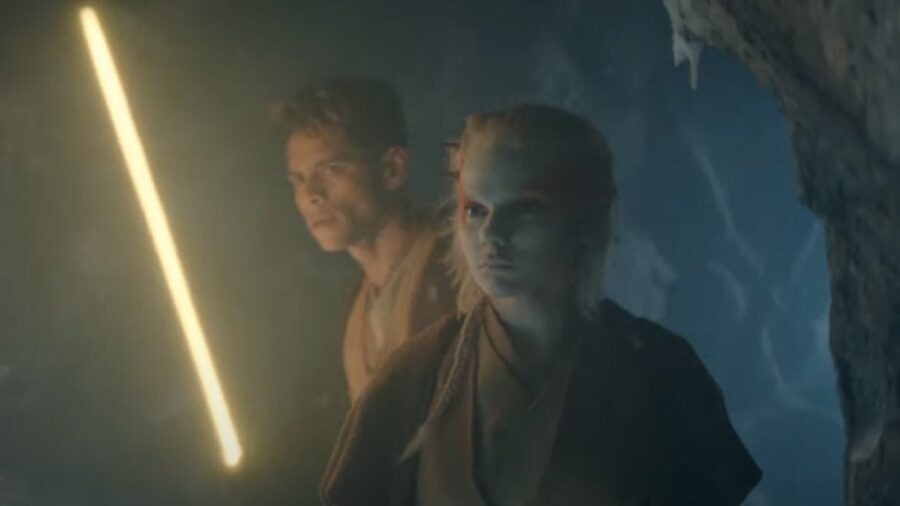
That’s because The Acolyte isn’t structured like a TV series. The episodes aren’t self-contained, with their own three-act structure inside a larger narrative.
Instead, The Acolyte‘s “episodes” feel like the chapters movies are split into on DVD. I firmly believe The Acolyte‘s infamous Episode 3 wouldn’t have been half as controversial if the fandom didn’t get a whole week to analyze it, dissect it, and take a big steaming dump on it before waiting to see if Episode 4 would maybe explain everything.
Disney isn’t entirely at fault. Netflix is largely to blame for popularizing the binge-watch model, where an entire television season is released in a single day.
Netflix killed both the idea of the traditional television show and the “wait and see,” attitude audiences were conditioned to have over decades of weekly television consumption.
A Tighter Story
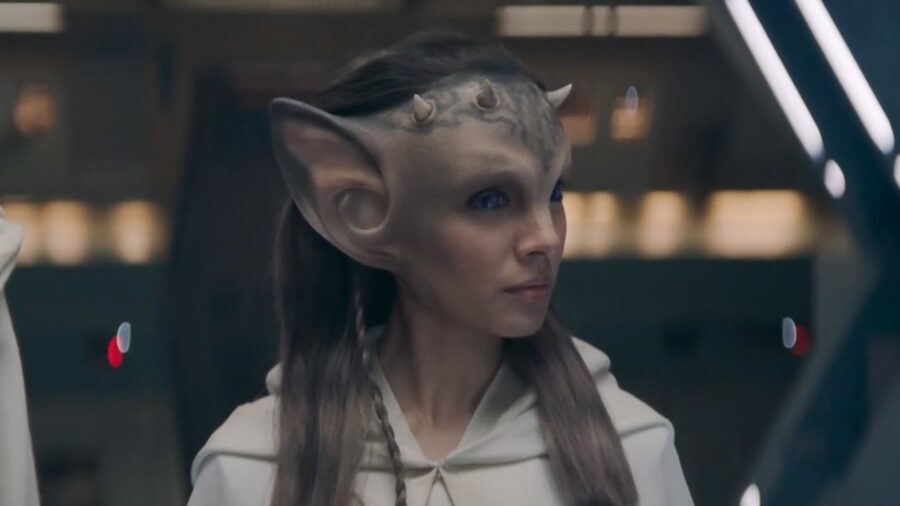
When you watch five episodes of Orange is the New Black in one day, it’s easy to forget that they are individual stories. Conversely, if you’re a writer assuming that audiences will consume your story in this way, it’s easy to forget to write the episodes as individual stories.
This wasn’t a problem until streamers like Disney+ started releasing one episode a week without changing how the series were written. That’s the problem with The Acolyte, it’s written like a movie but presented as a weekly TV show.
If Disney+ had made The Acolyte and Obi-Wan Kenobi as movies, they could have trimmed the fat a bit and presented a leaner, tighter story. Instead, they padded each story out to get more views spread out across a longer time frame. Meanwhile, the Mouse’s greed is coming back to bite it in the tail.
There Would Still Be Negativity, But Not As Much
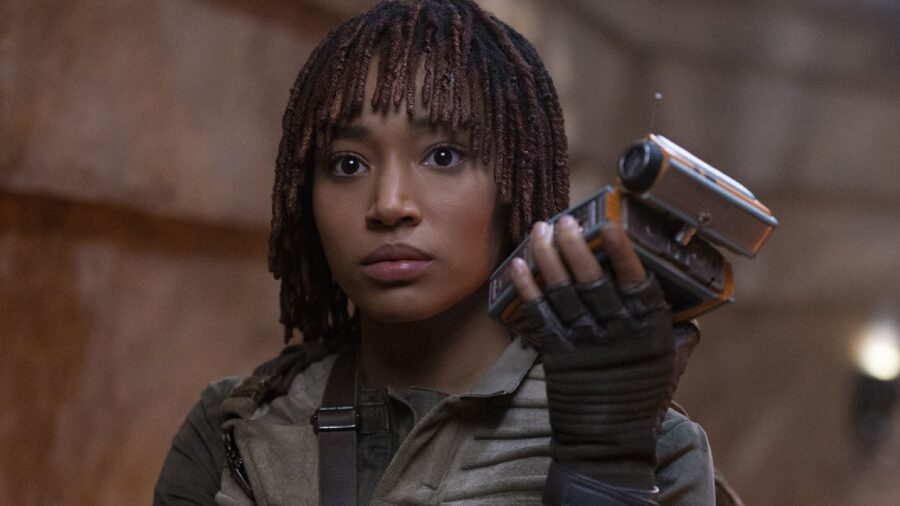
I’m not saying that making The Acolyte a movie would have completely eliminated the anti-woke trolls or suddenly taught everyone media literacy. But it wouldn’t have given them a chance to jump to conclusions at the end of every single episode, seemingly unable or unwilling to wait and judge the series as a whole after its completion.
The Acolyte should have been a movie, plain and simple. Hopefully, someone online will make a fan edit after the show is completed, and I can see just how right I was.












